Star Trek: Deep Space Nine premiered with a bang 29 years ago this week.
Deep Space Nine is notable as the first Star Trek spinoff to launch while another was on the air. The show premiered during the sixth season of Star Trek: The Next Generation. It would become the first Star Trek spinoff to overlap entirely with other franchise entries, broadcasting alongside Star Trek: Voyager in its final five seasons. It was very much an oddity in the Star Trek canon, with writer Ronald D. Moore reflecting on it as “the bastard stepchild of the franchise.”
Revisiting Deep Space Nine almost three decades after its premiere, it’s interesting to see how the show exists in a defiant conversation with its immediate predecessor. Deep Space Nine was a show that was only possible due to the critical and commercial success of The Next Generation. The opening moments of “Emissary,” the first episode, are a flashback set during the Battle of Wolf 359 from “The Best of Both Worlds,” a groundbreaking and era-defining episode of Next Generation.
These days, this sort of synergy is expected. New franchise extensions tend to celebrate and worship what came before. Star Wars: The Force Awakens introduces the character of Rey (Daisy Ridley) as a superfan of the original Star Wars trilogy and treats characters like Han Solo (Harrison Ford) and Leia Organa (Carrie Fisher) as legends and heroes. When J.J. Abrams attempted a soft reboot of the Star Trek franchise in 2009, he made sure to include a prominent role for Leonard Nimoy as Spock.
Even The Next Generation had been suitably reverential to the original Star Trek. The first episode, “Encounter at Farpoint,” featured an aged Leonard “Bones” McCoy (DeForest Kelley) touring the new ship with the android Data (Brent Spiner). A year before the launch of Deep Space Nine, to mark the end of the classic Star Trek era with the release of The Undiscovered Country, The Next Generation built a two-part episode, “Reunification,” around a guest appearance from Nimoy.

However, Deep Space Nine always had a slightly more combative relationship with The Next Generation than most franchises allow. This is obvious from “Emissary,” which features a guest appearance from the Enterprise and Captain Jean-Luc Picard (Patrick Stewart). Picard is one of the most iconic and beloved characters in the Star Trek franchise. However, Deep Space Nine doesn’t treat Picard as a celebrated hero.
Commander Benjamin Sisko (Avery Brooks) is the lead character of Deep Space Nine. The opening sequence reveals that he lost his wife Jennifer (Felecia M. Bell) to the Borg at the Battle of Wolf 359. At the time, Picard had been assimilated and was serving as the face of the invasion. Sisko has not fully recovered from that trauma by the time that “Emissary” begins, and he still holds some animosity towards Picard.
Sisko boards the Enterprise to take the assignment. “It’s been a long time, Captain,” Sisko greets him. Picard is confused, “Have we met before?” Sisko answers, “We met in battle.” It’s a brutal introduction, one that immediately makes Picard uncomfortable. The Next Generation built thoughtful and moving episodes like “Family” and “I, Borg” around Picard’s own trauma over these events, but this is the first time the franchise has acknowledged that Picard was complicit in others’ trauma.
It’s a bold moment that establishes an antagonistic dynamic between the two characters. Neither character is outwardly aggressive, but their exchange is cold. Sisko draws attention to the loss of his wife, while Picard points out that Sisko has his orders to follow and contemplates finding “a replacement.” While their second meeting goes smoother, there’s still some residual tension; when Sisko asks Picard not to file that request for a replacement, Picard voices his hesitation.

This isn’t the only example of this tension playing out during the first season of Deep Space Nine. Only a few episodes later, the omnipotent alien known as Q (John de Lancie) visits the station. Q was a frequent guest star on The Next Generation, appearing in both the premiere and the finale. Q gets up to his usual tricks, goading Sisko like he would goad Picard. Sisko punches him in the face. “You hit me,” Q gasps, shocked. “Picard never hit me.” Sisko responds, “I’m not Picard.” Q would become a recurring guest star on Voyager, but he never returned to Deep Space Nine.
The writers who worked on Deep Space Nine have been candid about their complicated relationship with The Next Generation. Many of the Deep Space Nine writing staff began working on The Next Generation. Deep Space Nine showrunner Ira Steven Behr had been on the staff of The Next Generation during its third season, but quit after a year. In his own words, he “vowed never to do Trek again.” Behr would later describe Next Generation as “the Connecticut of Star Trek.”
There are anecdotes about Deep Space Nine‘s combative relationship with the larger Star Trek franchise. When franchise head honcho Rick Berman insisted that a serialized Dominion War arc could only run three or four episodes, Moore claims the staff just “lied” and ran it for two full seasons instead. Moore often slipped jokes into Deep Space Nine ridiculing lines he had written for The Next Generation, confessing, “I take great glee at mocking my own work.”
It is important not to overstate this tension between Deep Space Nine and The Next Generation. Berman has consistently downplayed any insinuation of tension between himself and Behr, describing it as “hurtful.” Behr himself has stated in interviews, “If I saw Rick Berman on the street today I would hug him.” However, it’s clear that, as a show, Deep Space Nine had a very complicated — and at times openly adversarial — relationship with its more popular elder sibling.

The second season finale of Deep Space Nine, “The Jem’Hadar,” established a new alien threat by blowing up a ship that looked just like the Enterprise. When Next Generation moved to the big screen with Star Trek: Generations, Deep Space Nine made a big deal of an appearance from Next Generation star Jonathan Frakes. However, in a glorious reveal, Frakes wasn’t playing his beloved Next Generation character the bearded William Riker, but his goateed evil twin Thomas Riker.
Deep Space Nine maintained this cheeky dynamic across its run. When Sisko is finally promoted to the rank of captain in the third season finale, “The Adversary,” the shows goes out of its way to have former Next Generation character Miles O’Brien (Colm Meaney) toast him as the “best captain in Starfleet.” Take that, Picard. When Next Generation crewmember Worf (Michael Dorn) joins the cast in the fourth season, Deep Space Nine goes out of its way to make him unlikable and adversarial.
Few modern franchises would be so daring, actively antagonizing (perhaps even trolling) a beloved iteration of the franchise. Subsections of modern fandoms react vocally to far less provocation; consider the reaction of a certain subset of fandom to the characterization of Luke Skywalker (Mark Hamill) as a more reflective and introspective figure in Star Wars: The Last Jedi. Any franchise extension that treats what came before with less than blind and fawning adoration is treated as apostasy.
However, this irreverence was an essential part of Deep Space Nine. Its willingness to place itself at odds with The Next Generation didn’t weaken either series or the larger franchise as a whole. Instead, it allowed Deep Space Nine to serve as the other side of the coin to The Next Generation and suggest a more holistic worldview for the Star Trek franchise. The two shows complement each other, with the optimism of The Next Generation balancing the pragmatism of Deep Space Nine.

More than that, Deep Space Nine’s willingness to step outside the boundaries of The Next Generation gave the show freedom to evolve and change. As much as Next Generation fans might have bristled at Sisko’s hostility to Picard in “Emissary,” that early scene between the two of them underscored that there was more to Picard’s experience with the Borg than his own suffering. There are other stories to tell, from different perspectives, rooted in different experiences.
Deep Space Nine marked the first (and perhaps only) time Star Trek has truly considered perspectives outside of Starfleet and the Federation. Even modern shows like Picard and Prodigy seem to accept Starfleet values as paramount among non-Starfleet crews. Deep Space Nine instead spent a lot of time with other cultures — the Bajorans, the Cardassians, the Klingons, the Ferengi. It actively questioned and challenged a viewpoint that The Next Generation often took for granted.
This willingness to challenge and push, to look beyond simple veneration and worship of the franchise as a fetish object, is why Deep Space Nine remains such a highlight of the Star Trek franchise.

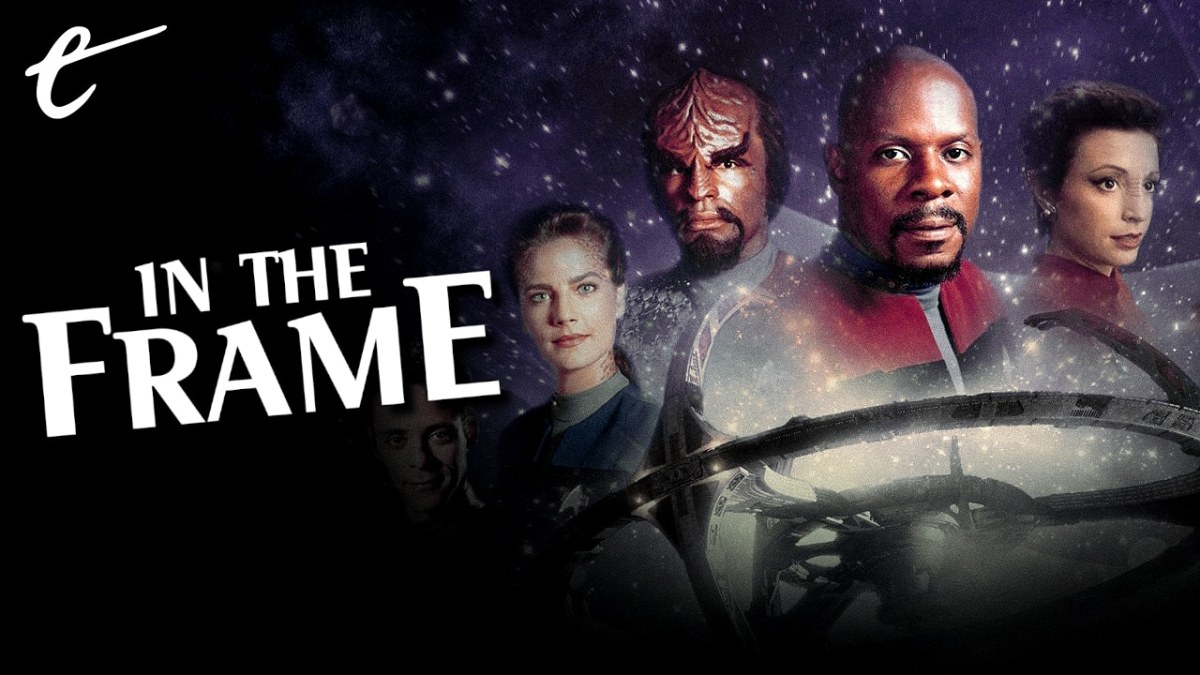




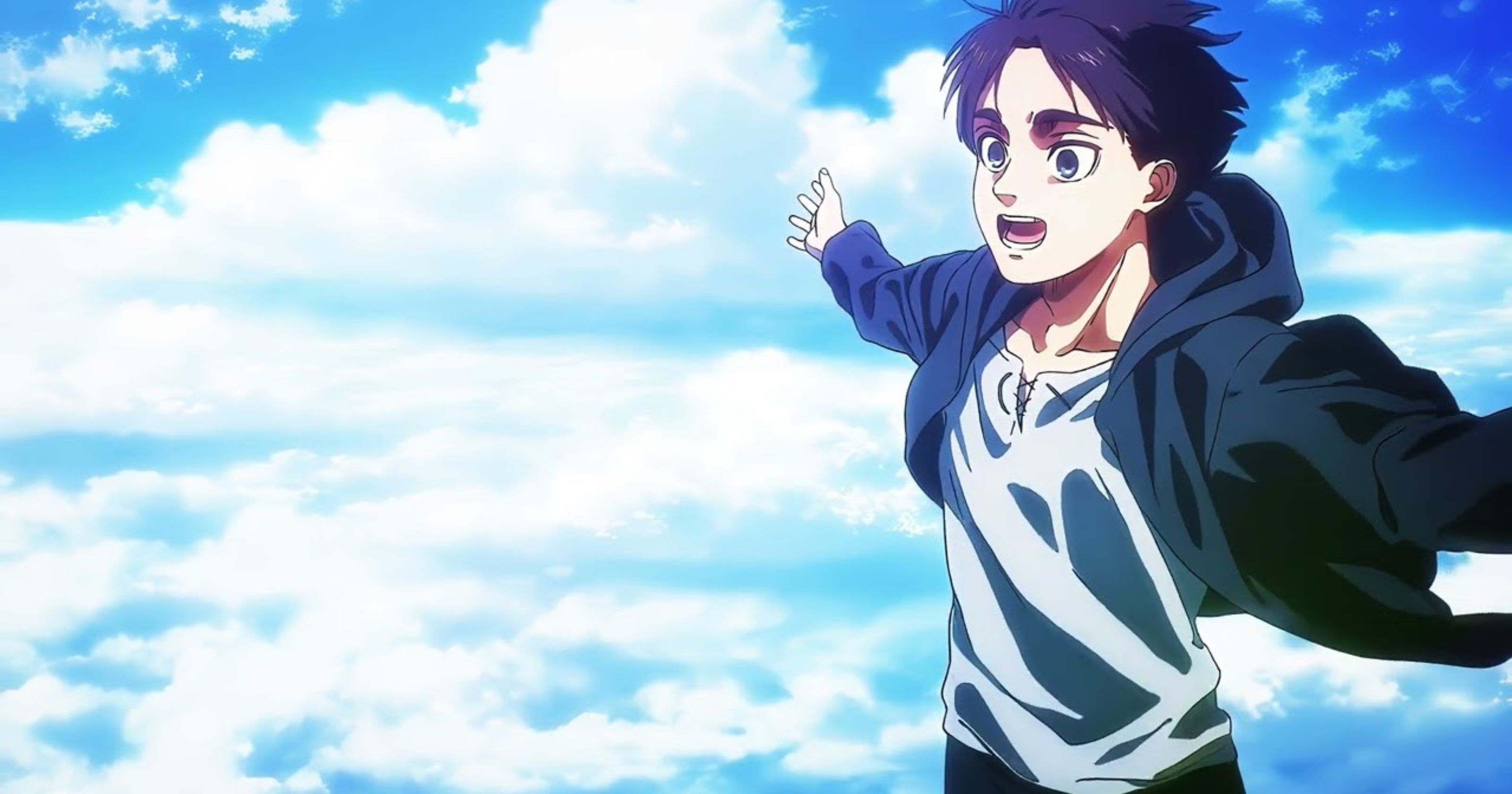
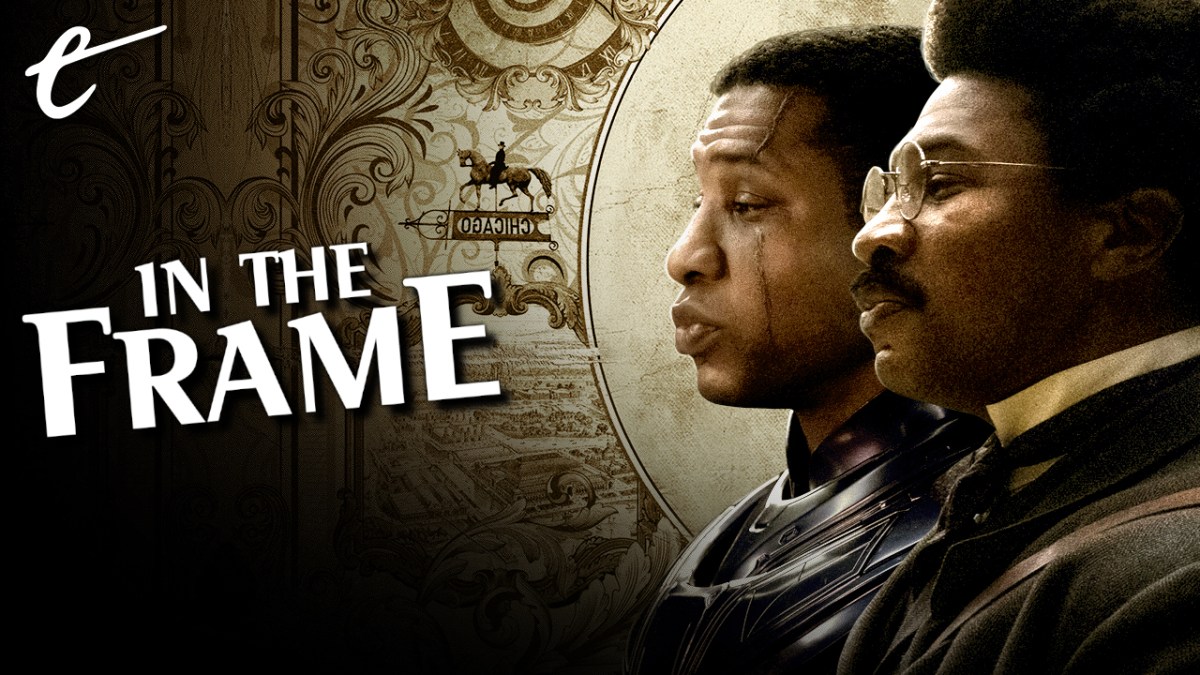

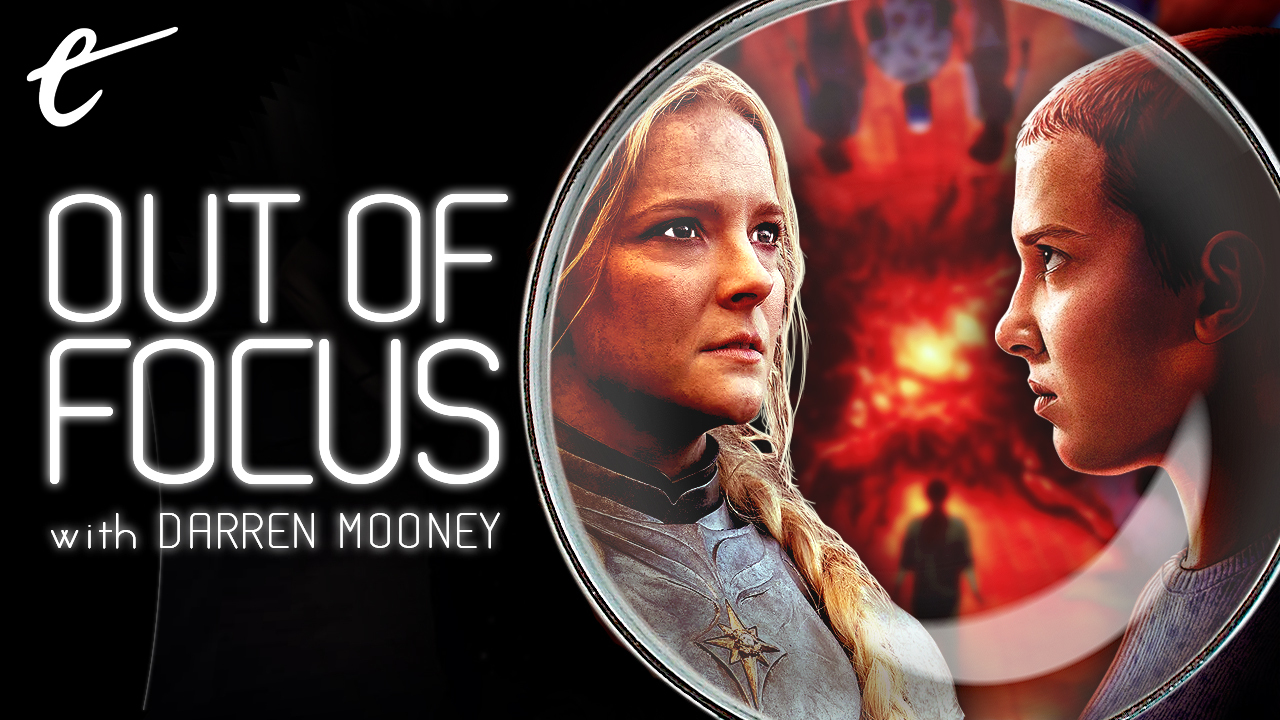
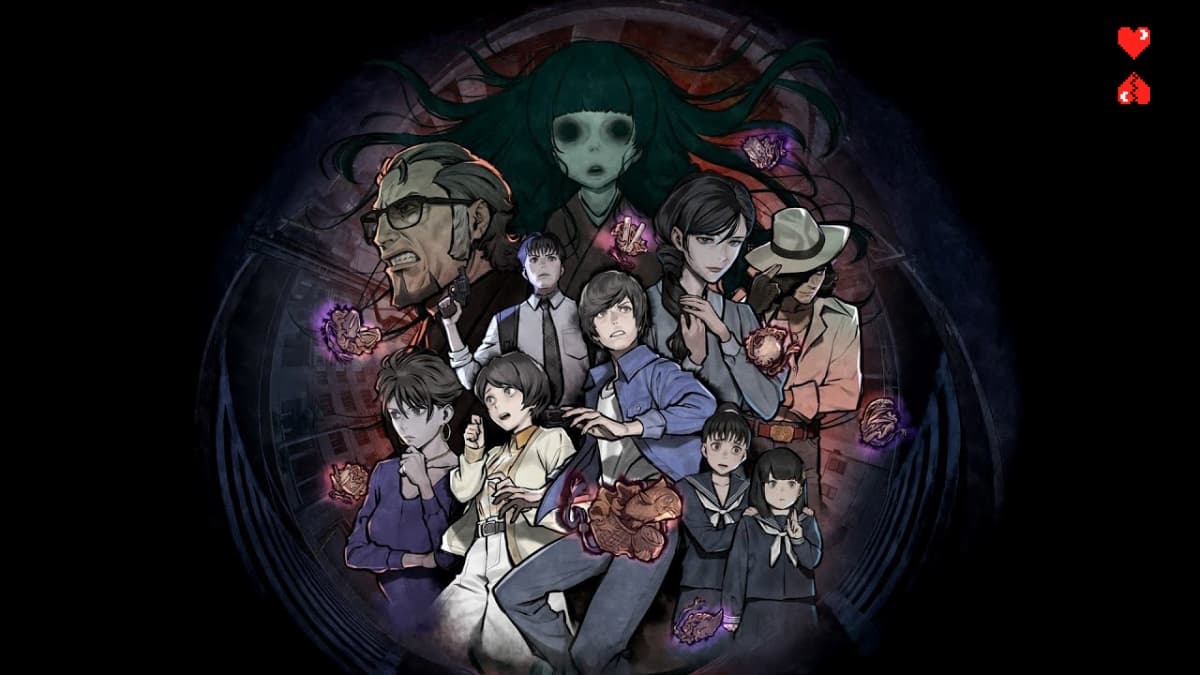
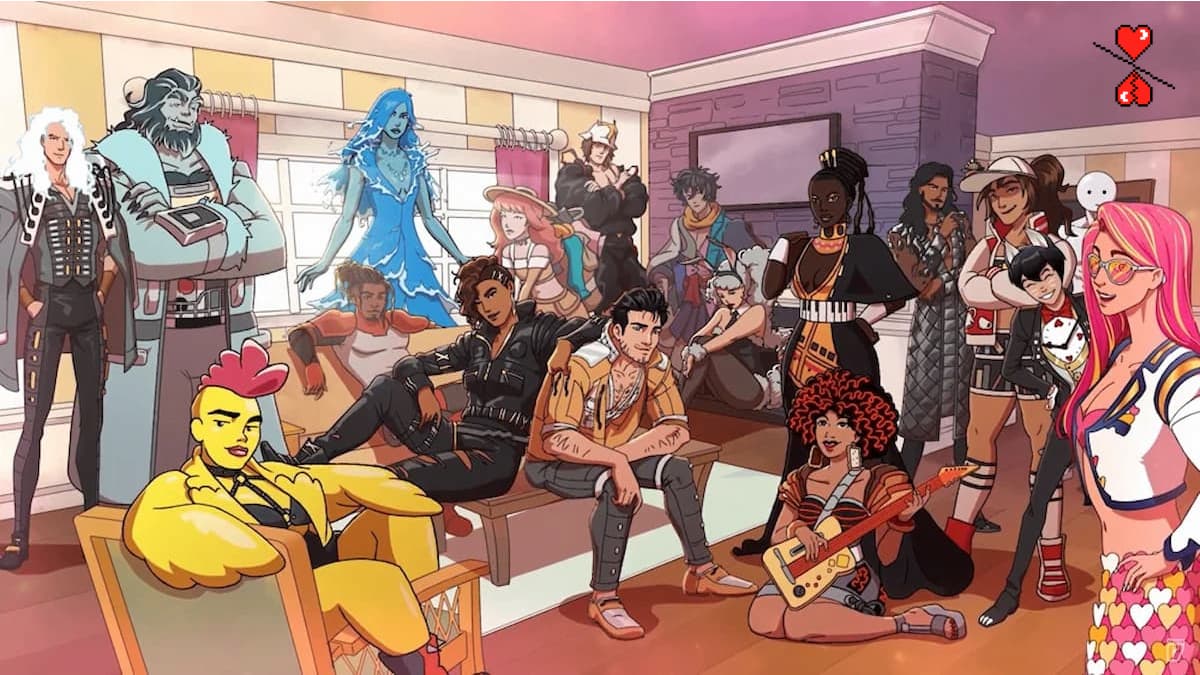


Published: Jan 7, 2022 3:00 PM UTC